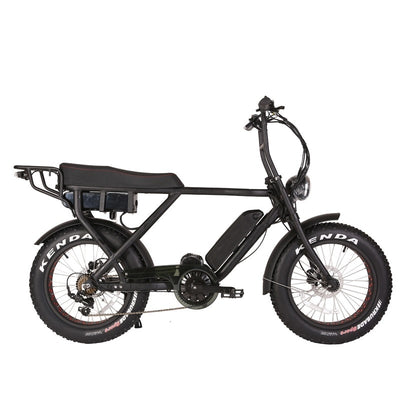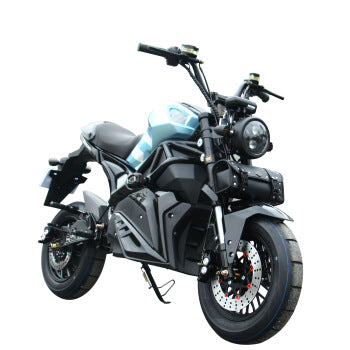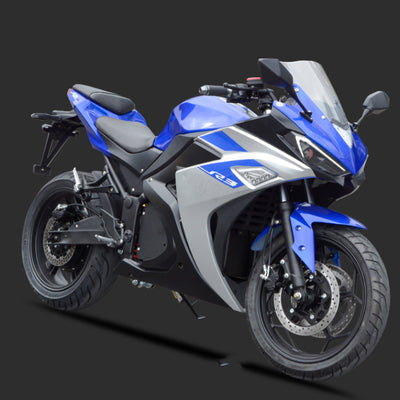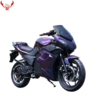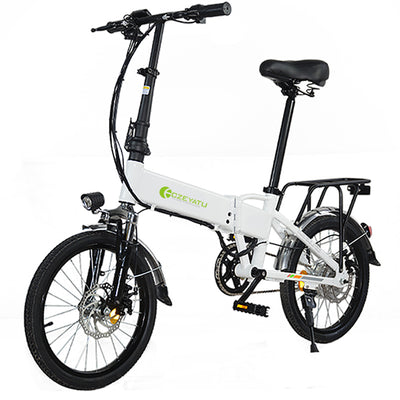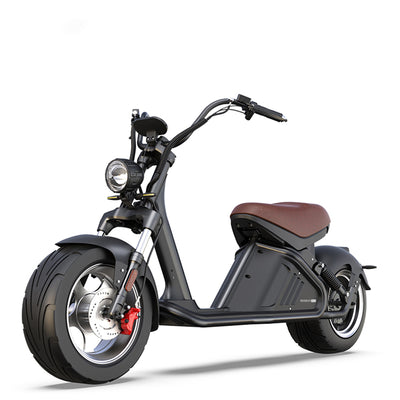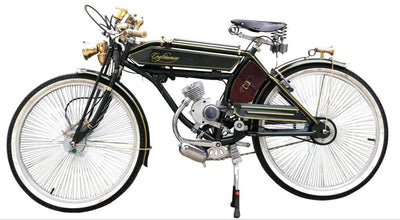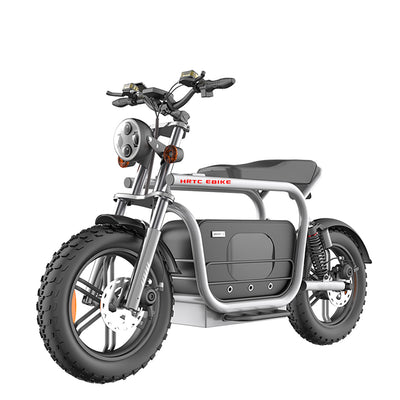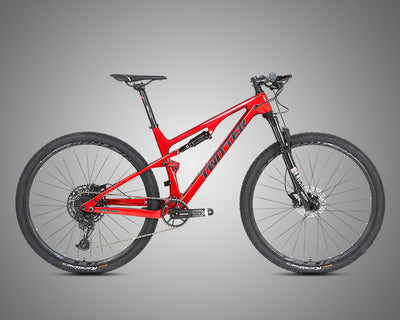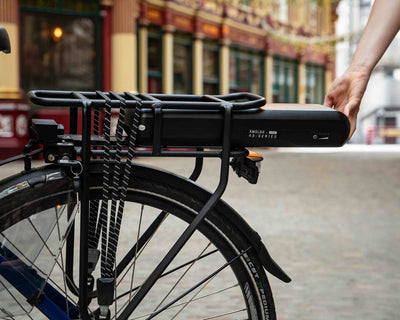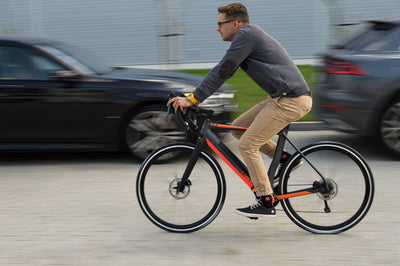THE DEVELOPMENT HISTORY OF ELECTRIC BIKES
Posted by Tom Lee on
THE DEVELOPMENT HISTORY OF ELECTRIC BIKES
For centuries, humans have strived to develop more efficient modes of transport. And this search for the ultimate travel mode led to the discovery of the electric bike. Thanks to urbanization and the development of super transport systems, the electronic bike has become a popular feature of modern transportation.
As a result, it only makes sense that you and I want to know how these modern machines came to be. If you want to find out more than you currently know about the history of electric bikes like the Velowave, dive in and learn with us!
THE TIME COURSE OF THE DEVELOPMENT OF ELECTRIC BICYCLES
We use electric bikes for different things. Some people use them as a mode of transport, others to make a living, and others for recreation. It is estimated that there are more than a billion bicycles globally. It is also estimated that we will have around 40 million bikes worldwide by 2023.
Electric bikes made their debut during the late 19th century. The US patent office registered several electronic bike patents between 1895 and 1899. Ogden Bolton was the first to patent the battery-powered bike in 1895, followed by Hosea W. Libbey, who patented a bike with a double electric motor n 1897.
The double electric motor was located at the center of the crankset axle, and the model used the same operation and design principles used on modern bikes’ mid-drive motors. After that, John Schnepf patented the electric motor featuring a roller wheel. One of the most vital innovations concerning the electric bike came from the Pedal Electric Cycle (Pedelec), also known as the pedal assist.
Its motor power kicked in when the user pedaled the bike. Instead of using a throttle to start the motor, the Pedelec lets users ride the electric bike, similar to how they would use a traditional bike. While some companies use pedal assistance and others throttle-style assistance, some like Velowave use both these technologies in their designs.
Since its inception, there have been many improvements to the modern electric bike, such as Lithium-Ion batteries that help to increase the bike’s capacity while allowing a lighter battery weight. Later models with power controls and torque sensors became available towards the end of the 1990s. The “Select” was one of the first models of successful electric models, seen in 1997.
Later on, there appeared to be more than 49 different electronic bike models like Velowave available for a larger consumer market. While many innovative minds were working to develop electric bikes, many designs were patented, yet not as many got to production. With the growth of combustion and automobile engines, it’s easy to see why electric bikes didn’t become so popular until now.
Today, the e-bike industry has witnessed a rising wave in the output of the same. There are different rules and regulations for the usage of electric bikes in many countries.
While they are categorized in the same class as traditional bicycles, they are also sub-categorized as motorized bicycles or motorcycles. In our world, we can always expect new developments in technology and mobility. Both of these aspects allow people to invent tools that come with innovation.
In addition, we are also moving from fuel oil to energy saving, which has contributed a lot to other energy-efficient and environmentally friendly modes of transport. The electric bike has become one of the tools that we can rely on for other options since they use alternative energy forms like electricity.
TO SUM UP, THE GENERAL DESIGN OF ELECTRIC BIKES:
Electronic bikes typically have similar bicycle frames as traditional bikes. However, they might or might not have pedals. They also have a small electric motor of up to 750 motors powered by rechargeable batteries. The batteries could either be NiCd, lead-acid, or Li-ion.
The motors of electric bikes have limited motors for outputs of maximum speeds of 15 to 20 mph. While different manufacturers use a variety of motors, several of them are geared or direct-drive. Wheel transmission for electric bikes is usually done through friction drive, hub motors, friction drive, or chain drive. An early model used a solar charging station to recharge its board batteries.
Velowave electric bikes with pedals can be run with dynamo or pedals. The Prado s electric bike's design is suitable for daily riding and exercising.
FACTS ABOUT ELECTRIC BIKES
- The electric bike is one of the only transport tools in the last few decades to take up a significant percentage of the traditional bike market share. It has a simple design, similar to the conventional bicycle, is efficient, easy to control, and small. China alone is estimated to have more than 120 million electric bikes. However, usage is also gaining traction in parts of North America and Europe.
- One of the advantages of Velowave electric bikes is that they do not have harmful emissions or earth pollution. Even if you were to consider the cost of charging the battery so frequently, the electronic bike is still more environmentally friendly than all forms of public road transportation. To put it into perspective, it is six times more efficient than rail and 13-18 times more than vehicles. In addition to that, its environmental impact is similar to that of the traditional bicycle.
- The electric bicycle can also be used by recovering health patients. For example, people with cardiac issues can use electronic bike models to improve their mobility. By using e-bikes, such people can reduce cardiac exertion and muscle strain.
The production and consequent usage of e-bikes are gradually rising, with various riders integrating them into their lives. Integrating electric bikes has become much more accessible, and using these bikes for sport, recreation, and work is popular with the addition of fat tire bikes and e-bikes. If you have any interesting and interesting topics about electric bicycles that you would like to share with us, you can also leave a message to us, and we will start a selective selection of topics for discussion and extension.
- Tags: aliexpress electric bike



